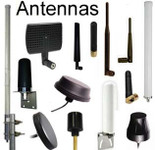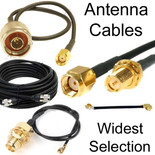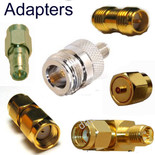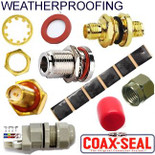Antennas, Antenna Cables, Wireless Products: Technical Articles
Antenna Solutions Blog: Expert Tips on Antennas, Cables, Mounts & Accessories
Expert advice on antenna solutions and IoT technical information: Your go-to resource for everything antennas, cables, mounts, and accessories. Get the latest updates, troubleshooting tips, and innovative techniques to enhance your signal strength and connectivity
MHF4 Cable Disconnection from Jack: Solutions for Adherence
Antenna Cables | Antenna Jacks | MHF4 Connectors and Cables
Antenna Designs That Rely on Coax Cable as Radiator: Avoid
Antenna Cables | Antennas
Sheathing of Antenna Cables: Signal Performance & Durability
Antenna Cables
U.FL Cable Disconnects from Jack on Board: Solutions Guide
Antenna Jacks | U.FL Cables
Antenna Cable Can Behave Like An Antenna: Risks & Problems
Antenna Cables | Antennas | MHF4 Connectors and Cables
S11 vs S22 Log Magnitude Tests of a Cable Assembly
Antenna Cables
SMP Connectors & Cable Assemblies — a Practical Guide
Antenna Cables
Antenna Cable Tests: S11, SWR & S21 for RF Coax Assemblies
Antenna Cables
Antenna Cables: Crimped vs. Soldered RF Connectors
Antenna Cables
Antenna Testing with Vector Network Analyzers (VNAs)
Antennas







